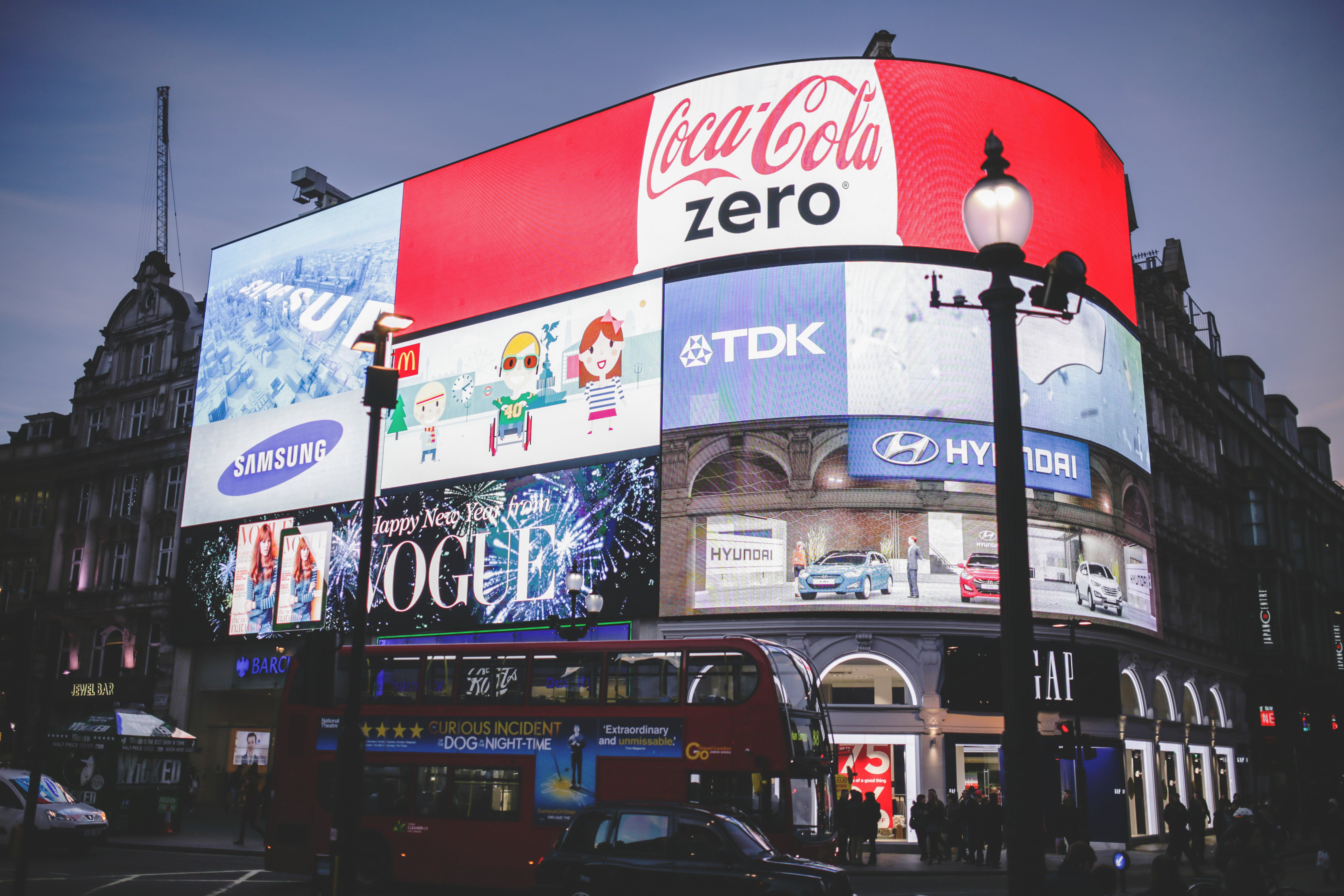
How does Digital Signage System works?
Research indicates that the global digital signage market is expected to reach USD 31.7 billion by 2025, with a compound annual growth rate (CAGR) of 7.8% from 2020 to 2025. 56% of internal communication teams are considering increasing the use of digital signage within their organization.
So what is digital signage?
In our digitally connected world, where information is constantly flowing, digital signage emerges as a dynamic tool for communication and engagement. It refers to the use of digital displays to convey information, advertisements, or messages in various settings. Unlike traditional static signage, digital signage allows for dynamic content updates and interactive experiences, making it a versatile solution for a wide range of applications.
How Digital Signage Works?
Digital signage systems operate through a seamless integration of hardware and software components, each playing a vital role in delivering captivating content to viewers.
1. Connect the Media Player.
At the core of the digital signage infrastructure lies the media player, a device responsible for storing and delivering content to the display screens. These media players come in various forms, including dedicated hardware units or software-based solutions that can run on existing devices such as PCs or media boxes. By connecting the media player to the digital display, whether it’s a single screen or a network of screens, content can be efficiently distributed and managed.
2. Create Content.
Content creation is the creative engine that drives digital signage campaigns. Modern digital signage software empowers users with intuitive tools to design visually stunning and engaging content. From images and videos to text and animations, the possibilities are endless. Moreover, advanced features like scheduling and zoning enable users to tailor content for specific times of the day or target audiences, maximizing the effectiveness of each display.
3. Display Content.
Once the content is crafted, it’s time to showcase it to the intended audience. Digital signage systems offer flexibility in content playback, allowing users to schedule and sequence content according to predefined rules. Whether it’s displaying promotional offers in a retail store, informational videos in a corporate lobby, or event schedules in a university campus, the ability to control when and where content appears ensures maximum impact and relevance.
4. Update Content.
One of the key advantages of digital signage is its agility in content management. Unlike traditional static signage, which requires physical replacement or updates, digital signage content can be remotely managed and updated in real-time. Whether it’s refreshing promotional offers, broadcasting emergency alerts, or showcasing live social media feeds, the ability to instantly update content ensures that messages remain timely and relevant.
The Elements Comprising Digital Signage.
1. A Digital Display or Screen.
At the heart of digital signage is the display screen, which can vary in size and type depending on the application. From high-definition LED displays to interactive touchscreens, choosing the right display is crucial for maximizing impact and engagement.
2. Media Player.
The media player serves as the brain of the digital signage system, processing and delivering content to the display screen. It can be a standalone device or integrated directly into the display, providing flexibility and scalability for different installations.
3. Digital Signage Software.
Digital signage software enables users to design, schedule, and manage content across one or multiple displays. From simple content playback to advanced analytics and interactivity, choosing the right software is essential for optimizing the effectiveness of digital signage campaigns.
4. Content.
Compelling content is the driving force behind successful digital signage campaigns. Whether it’s promotional messages, wayfinding information, or interactive experiences, tailoring content to the target audience and objectives is key to achieving desired outcomes.
Advantages of Using Digital Signage.
The adoption of digital signage offers numerous advantages for businesses and organizations across various industries-
1. Enhanced Communication.
Digital signage provides a dynamic platform for delivering targeted messages and information to audiences in real-time. Whether it’s communicating promotional offers in a retail store, broadcasting safety protocols in a corporate environment, or displaying event schedules in a public space, digital signage ensures that messages are delivered promptly and effectively.
2. Dynamic Content Delivery.
A clothing retailer can use digital signage to showcase rotating images and videos of their latest fashion collections, captivating customers with vibrant visuals and enticing promotions.
3. Real-Time Updates.
Corporate offices and manufacturing plants can use it for company announcements, employee training, room scheduler, KPI reporting and HR & OSHA information.
4. Targeted Messaging.
A restaurant can leverage digital signage to tailor promotions based on time of day, promoting breakfast items in the morning, lunch specials during midday, and happy hour deals in the evening to effectively target different customer segments.
5. Increased Engagement.
A museum can implement interactive digital signage exhibits that allow visitors to explore additional information about artifacts, watch related videos, and participate in quizzes, enhancing the overall museum experience and encouraging active engagement.
6. Cost-Effectiveness.
A corporate office can replace traditional printed posters and bulletin boards with digital signage, saving on printing costs and reducing environmental waste while also having the flexibility to update content remotely without additional printing expenses.
7. Scalability.
A chain of retail stores can deploy a centralized digital signage network, enabling them to easily manage and distribute content across multiple locations from a single platform, ensuring consistent branding and messaging across the entire network while scaling up as the business grows.
Applications of Digital Signage in Various Sectors.
Digital signage finds applications across a wide range of industries and sectors, revolutionizing how information is communicated and experienced in diverse environments. From Offices and hospitality to healthcare and education, digital signage finds applications in a wide range of sectors.
- Offices: Announcements, Wishes etc
- Retail: Advertising promotions, enhancing in-store experiences
- Hospitality: Providing guest information, digital menus
- Healthcare: Patient education, wayfinding
- Education: Campus announcements, interactive learning experiences
In conclusion, digital signage is a versatile and effective communication tool that leverages technology to deliver engaging content to targeted audiences. By understanding how digital signage works and its various components, businesses and organizations can harness its power to enhance communication, drive engagement, and achieve their objectives.
Read More:
What is digital signage? : A Comprehensive Guide


